This post may contain affiliate links. I may earn an affiliate commission if you click on a link and purchase an item at no additional cost to you. All opinions are my own.
While perusing Pinterest for passive ways to improve soil quality I came across a technique called Hügelkultur. Simply put, it utilizes logs and branches to add nutrients to your raised beds over time. Our home is surrounded by old cottonwood trees.
Cottonwoods are beautiful, but they are soft and do not make good firewood. They are also notoriously messy and annually give me piles of fallen branches. Before I found this idea of Hügelkultur, I would just haul the branches over to our giant wood pile(s), or make smaller piles for my husband to pick up with his tractor.
(Before I go on, be sure to follow me on Pinterest and Instagram!)
A pile that takes me several hours to make, takes him about 12 seconds to move. Gotta love it. Now I have a new use for all of those branches, and quite suddenly my perspective has changed on my frequent supply of tree limbs! I have some major ingredients at my disposal for healthy soil!
Passive Soil Improvement
Our soil in the Sandhills is pretty self explanatory. It’s sand. No, there is no beach on our ranch, other than the one created by the giant mote south of our house. Old timers around here say we’ve had more rain this year than they’ve seen any year in their lifetime. I wouldn’t sit on our beaches though…they’re green and stinky. I digress. Back to the sand.
I am constantly amending our sand to hold moisture and nutrients. It literally washes away in front of your eyes. My newfound method of Hügelkultur will make my job so much easier (and clean up fallen branches at the same time!)
Hugelkultur in Raised Beds
Hügelkultur is an Austrian/German term meaning “hill culture”. Sepp Holzer is an expert on Hügelkultur (you can read more about him here.) The breakdown of wood over time adds essential nutrients to soil. The technique is traditionally done by slightly burying branches/logs and building a mound of soil on top.
Eventually the breakdown of matter will cause the mound to slump, but that is not a problem in my case as I plan to plant mostly annual crops in my raised beds. I’ll be continually working and amending the soil as needed. I would like to explore this method more in my flower gardens, as I am continually changing and adding more. Check out my seed inventory tracker I’ll be using when I plant my raised beds!
I used Hügelkultur in my new raised beds for two reasons. One, as a means of adding nutrients, and two, as a filler. Sand has its benefits, but I really want something more substantial in the raised beds. I chose to layer in leaves and soil/cow manure from one of the pens. Side note – add lots of soil/manure to fill in the crevices between the branches before you add the leaves. Leaves don’t filter down very well…hindsight.
A Note Of Caution
Cottonwood is considered a “soft hardwood”. It breaks down fairly quickly, so this makes a great medium for Hügelkultur. But please be aware of what you are putting into your bed. You do not want anything in your bed that is considered invasive or that will root from cuttings. Hardwood trees (Deciduous) tend to be the best candidates for Hügelkultur. There are several types of trees you should avoid, such as black locust, cedar, black walnut, red mulberry, and eucalyptus.
These are listed as “avoids” because their resistance to decay or that they may create a good environment for disease. If you’re not sure what category your wood falls into, you can do a quick google search to find out.
I’ll post an update in the spring after everything thaws out!
Happy Trails!
Tiffany
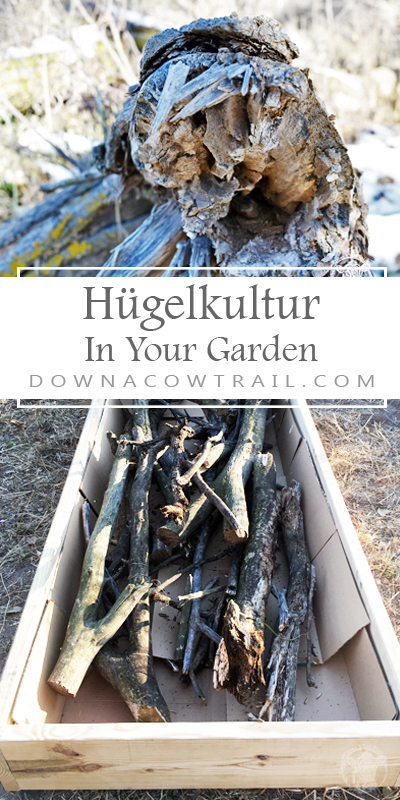
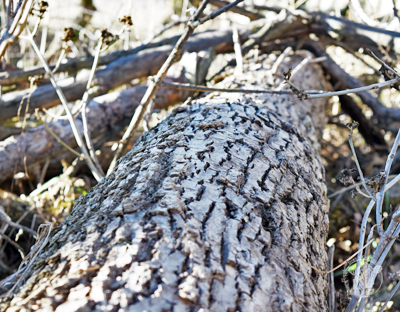

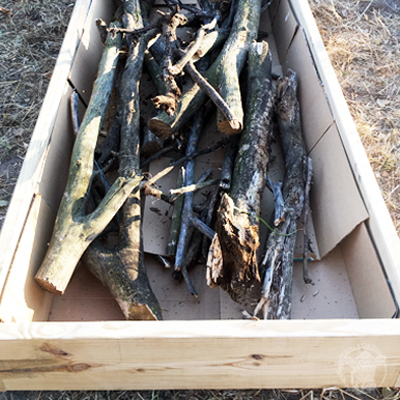
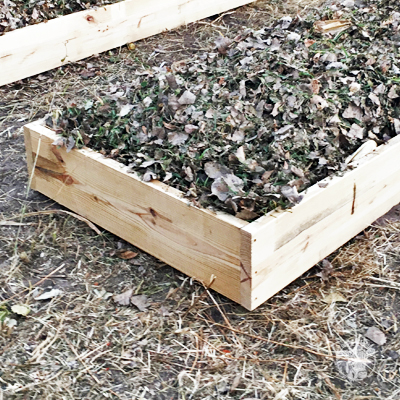
 Pressure Canning Carrots – Preserve carrots for years!
Pressure Canning Carrots – Preserve carrots for years!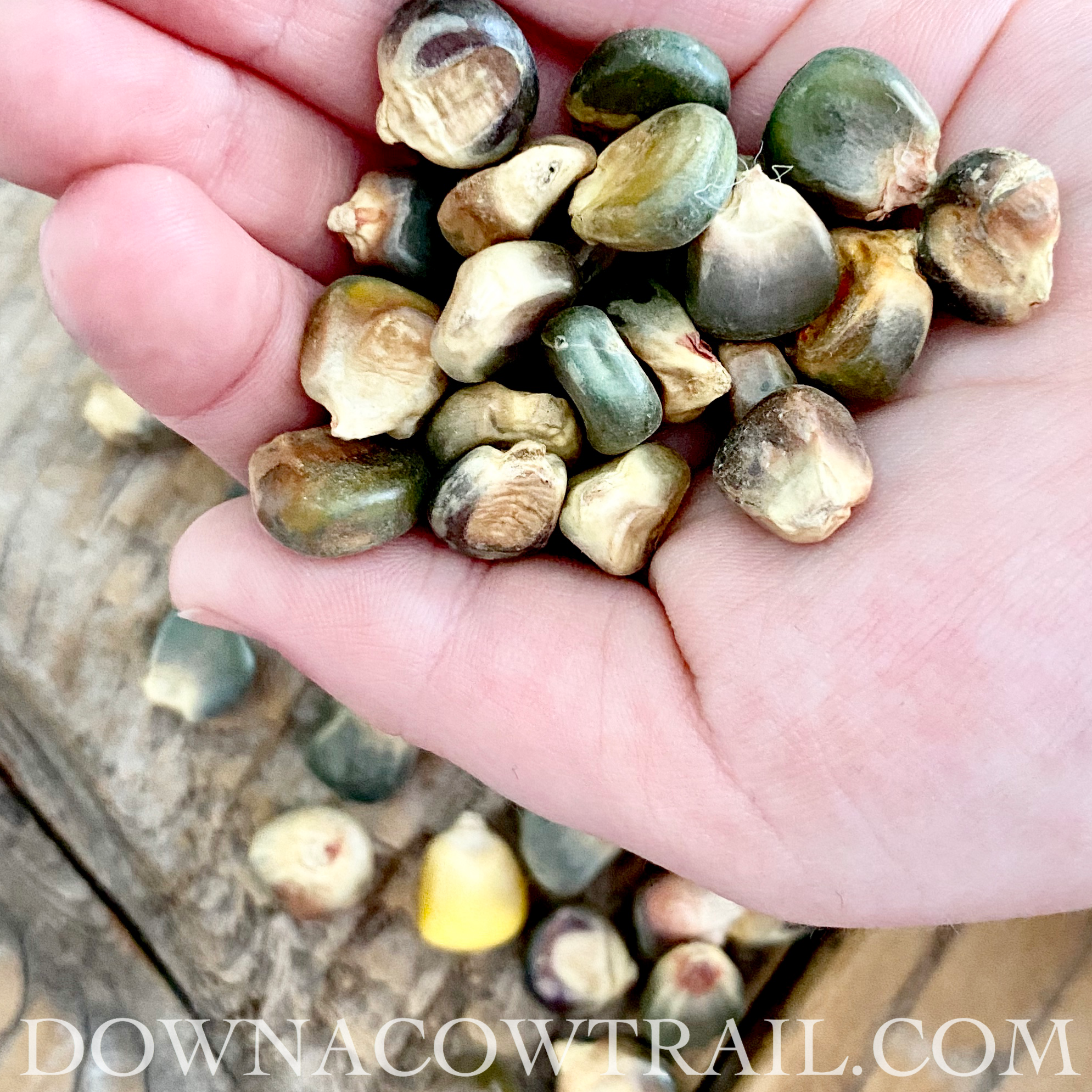 My Favorite Heirloom Vegetable Seeds
My Favorite Heirloom Vegetable Seeds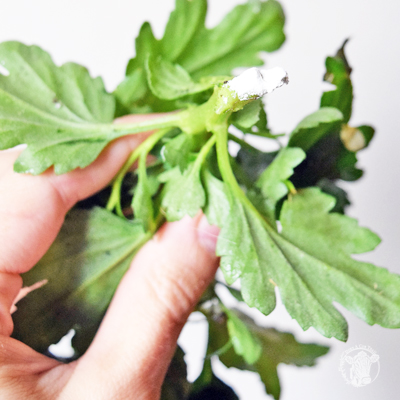 Propagate Chrysanthemums From Cuttings
Propagate Chrysanthemums From Cuttings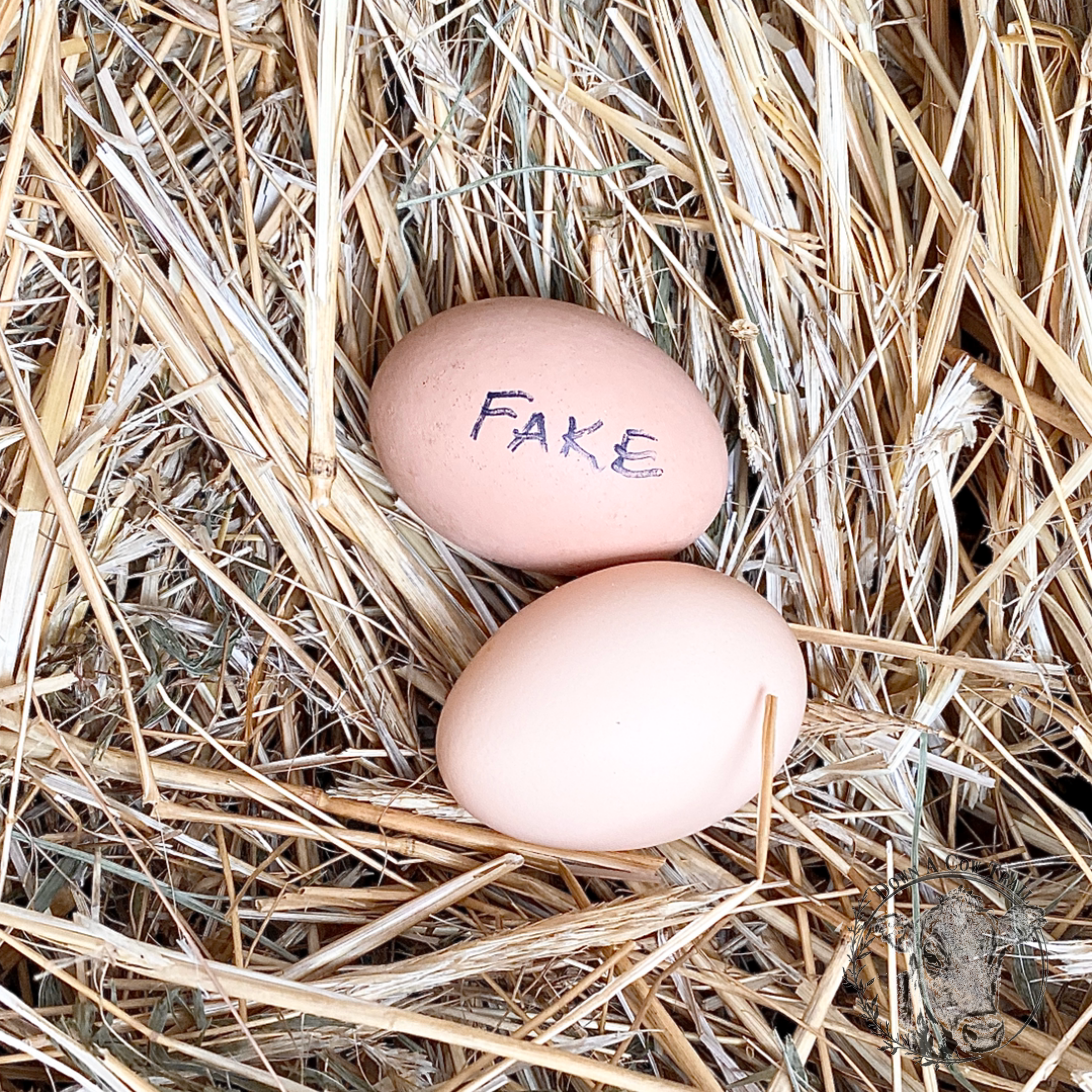 3 Reasons Why You Need Ceramic Eggs in Your Coop
3 Reasons Why You Need Ceramic Eggs in Your Coop